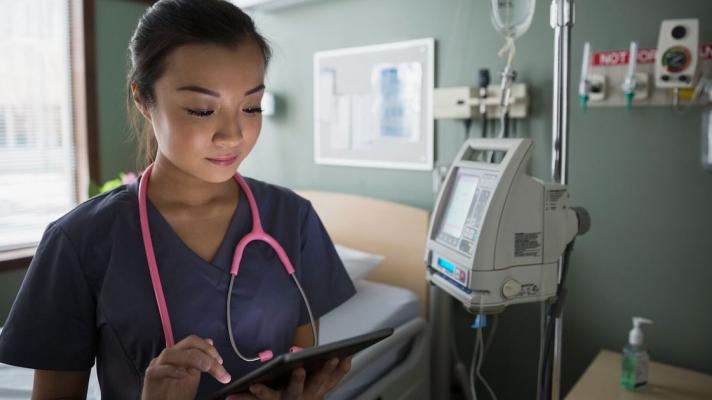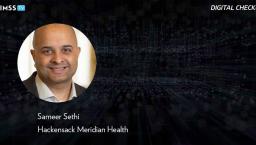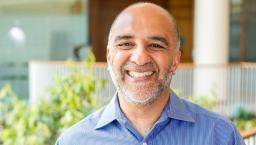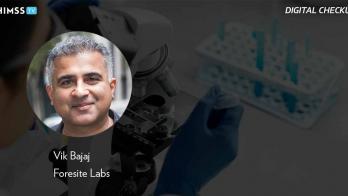At Mass General Brigham, AI-powered frailty measurement tool shows results

Photo: Mass General Brigham
An automated frailty assessment tool developed by researchers at Boston-based Mass General Brigham could help clinicians identify older adults at increased risk of emergency healthcare visits, hospital readmissions, or death.
The MGB-Electronic Frailty Index, or MGB-eFI, leverages data from electronic health records to measure frailty based on 31 aging-related health deficits, enabling broader applications beyond primary care settings.
The tool, detailed in a study published in the Journal of the American Geriatrics Society, analyzed records from over 500,000 patients and classified them into four categories: robust, pre-frail, frail, or very frail.
The study found that frail individuals had significantly higher rates of hospital readmission and mortality compared to robust patients, highlighting the importance of early frailty detection.
"Frailty is associated with higher risk of falls, hospitalization, and potentially preventable healthcare system costs," Dr. Bharati Kochar, co-first author of the study and a researcher at Massachusetts General Hospital, told HealthcareITNews.
However, existing electronic frailty indices, or eFIs, rely heavily on data from primary care offices, which makes it difficult for specialists to assess frailty in their patients.
Kochar explained the MGB-eFI is unique because it allows frailty to be measured even when primary care data is incomplete, broadening its use across specialties.
The ability to automate frailty assessment could help clinicians make more informed decisions when managing high-risk older adults.
Kochar noted as healthcare providers continue to seek data-driven solutions to improve patient outcomes, tools like the MGB-eFI could become essential in managing the complexities of aging-related health conditions.
By analyzing routine health data, the MGB-eFI provides an objective measure of aging-related vulnerabilities, reducing reliance on subjective clinical judgment.
"Modern clinicians are extremely busy and have a number of data points to manage," Kochar said.
"While they may have an intuitive sense of which patients are at greater risk for emergency visits or readmissions, an automatically calculated index ensures that all older adults have an objective measure of their unique vulnerabilities."
One of the key advantages of the MGB-eFI is its integration within Epic, the largest EHR system in the United States, making it scalable across different healthcare institutions.
The coding used to develop the MGB-eFI can also be adapted to non-Epic systems, increasing its applicability in a wide range of healthcare settings.
"The MGB-eFI can be built into an Epic-based EHR system, but it can also be modified for other healthcare systems, making it a versatile tool for frailty assessment," Kochar said.
She added cross-system data integration plays a crucial role in improving frailty assessment and could influence future advancements in predictive healthcare for aging populations.
By incorporating data from multiple sources, healthcare providers can obtain a more comprehensive view of a patient's health status, leading to better risk stratification and more personalized care.
"Given the rapidly aging population, efforts to disseminate aging-related risk stratification tools beyond geriatrics will be critical to ensuring tailored care for older adults across the healthcare system," Kochar said.
"Being able to identify those at greatest risk for age-associated adverse events is the first step in designing interventions to reduce these risks."
Nathan Eddy is a healthcare and technology freelancer based in Berlin.
Email the writer: nathaneddy@gmail.com
























